Types of oscilloscopes characteristics - analog oscilloscopes and digital oscilloscopes (Knowledge II)
Analog oscilloscopes and digital oscilloscopes
Oscilloscope according to the measurement function to be divided into two kinds of analog oscilloscope and digital oscilloscope.
Analog oscilloscope
Analog oscilloscope is a real-time monitoring waveform oscilloscope, the physical shape of the analog oscilloscope.
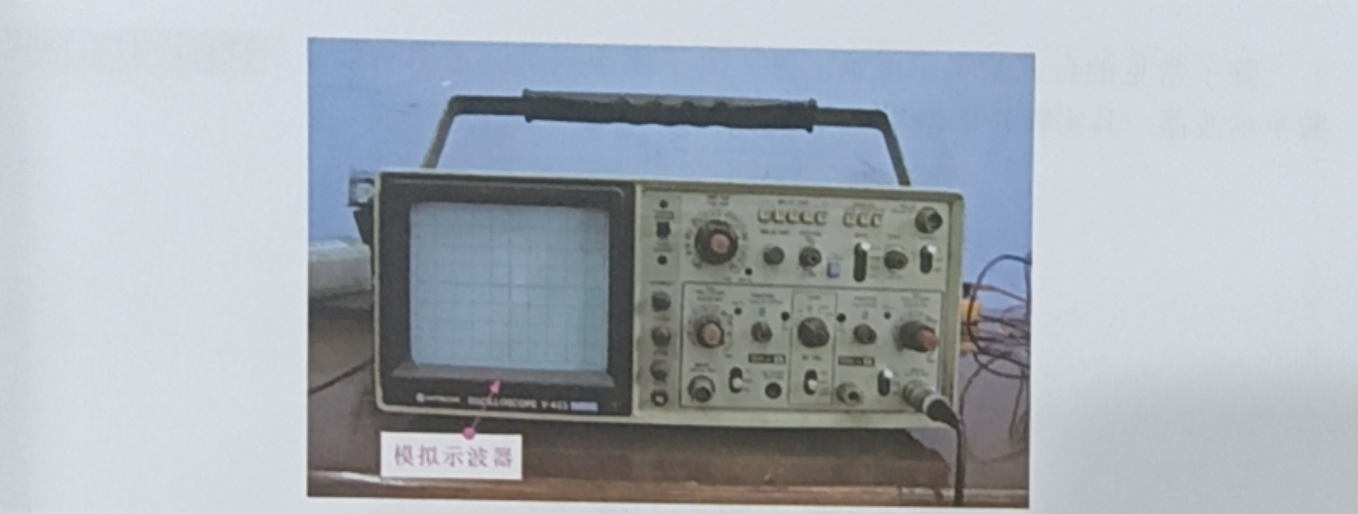
In practice, the analog oscilloscope can observe periodic signals, such as sine waves, square waves, triangle waves and other waveforms, or some complex periodic signals, such as the video signal of the television set, etc. The structure of the analog oscilloscope sketch, suitable for detecting the more periodic signals.

Digital Oscilloscope
Digital oscilloscopes generally have a storage function that can store the instantaneous signal waveform of any time measured in memory. Therefore it is called a digital storage oscilloscope, which can capture the moment of signal change for observation. A typical digital oscilloscope.
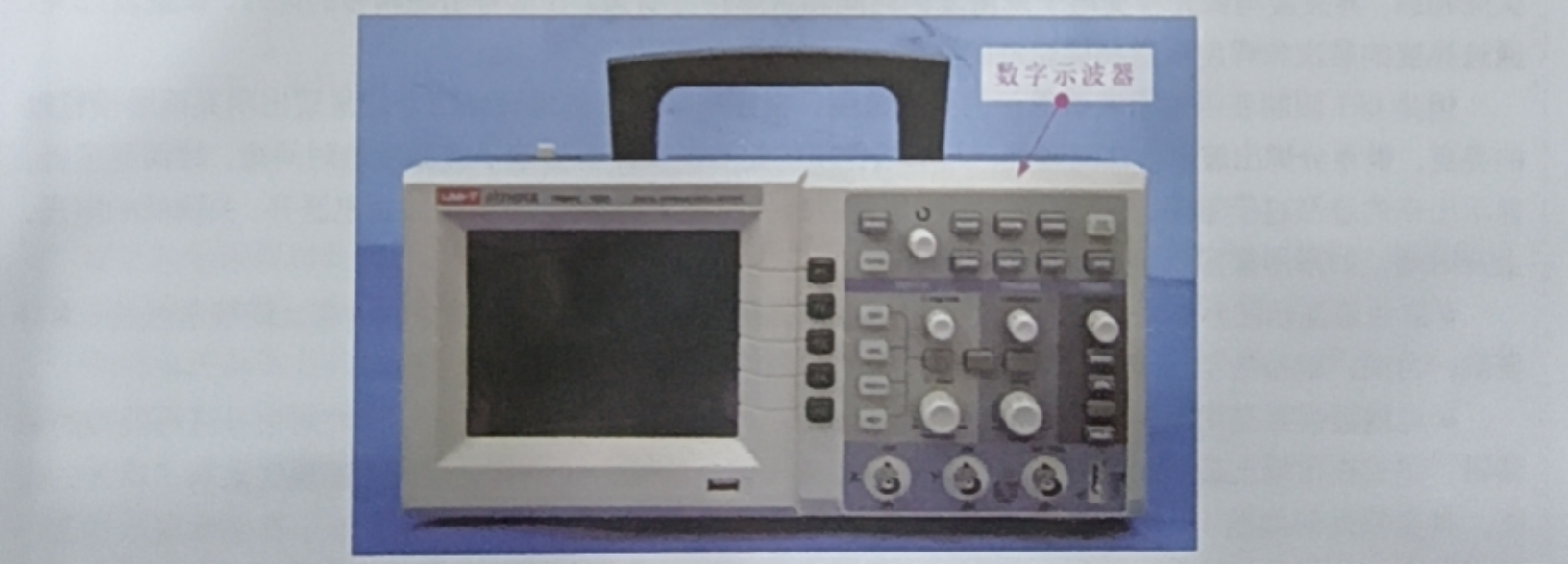
In addition to the common desktop digital oscilloscope, in order to facilitate the portability of the commonly used digital oscilloscope and handheld digital oscilloscope

Tip Description
Commonly used oscilloscopes in addition to the above-mentioned types, according to the different waveform display devices, can also be divided into cathode ray tube (CRT) oscilloscope, color LCD oscilloscope and computer monitor, etc..
Cathode ray tube (CRT) oscilloscope waveform display device is actually a vacuum tube, the physical shape of the cathode ray tube (CRT) oscilloscope as shown in the figure.
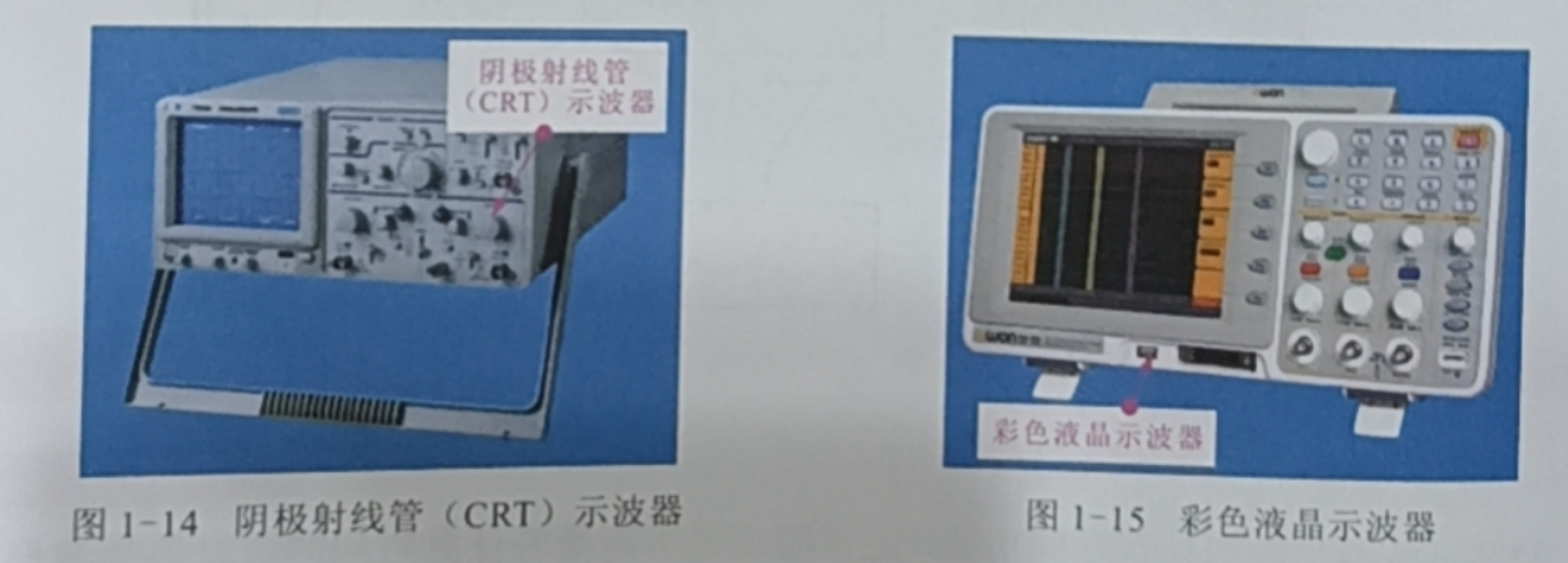
Cathode ray tube (CRT) oscilloscopes have controls for focus and brightness that can be adjusted to produce sharp and clear display waveforms. Cathode ray tube (CRT) oscilloscopes are often used to display rapidly changing signals under "real time" conditions or under burst conditions. Its display is partly based on a chemical fluorescent substance, and its brightness is related to the time of excitation of the phosphor by the electron beam and the afterglow characteristics. The brighter the trace is the more the signal appears, the brighter the details of the signal are distinguished by the brightness of the scanned trace observed through the levels of brightness and glow.
However, the CRT limits the frequency range of the analog oscilloscope display. At very low frequencies, the signal appears as a bright, slow-moving bright spot, making it difficult to distinguish the waveform. At high frequencies, the limiting effect is that the CRT phosphor is excited by the electron beam for a short period of time, so the waveform displayed with low brightness is too faint and difficult to observe. The limit frequency of the analog oscilloscope is about 1 GH2. For example, to measure the voltage rise time at the moment of power on and off, if the analog oscilloscope is difficult to observe.
Color LCD oscilloscope is the use of color LCD display, the display waveform of the miscellaneous degree compared to the cathode ray tube (CRT) to high, at present, many digital oscilloscopes using liquid crystal display device, its physical shape diagram as shown in Figure 1-15. Computer monitor is to use the computer to detect and analyze the signal and display the waveform, is the use of computer software for signal processing oscilloscope, is now the latest type of oscilloscope on the market, its ability to display and process the signal than the original type of oscilloscope performance has been greatly improved, its physical appearance as shown in Figure 1-16. This oscilloscope is the use of computer processing of the signal, and then displayed on the image display, while the signal waveform and parameters can be stored, transmitted and printed.
Tip Description
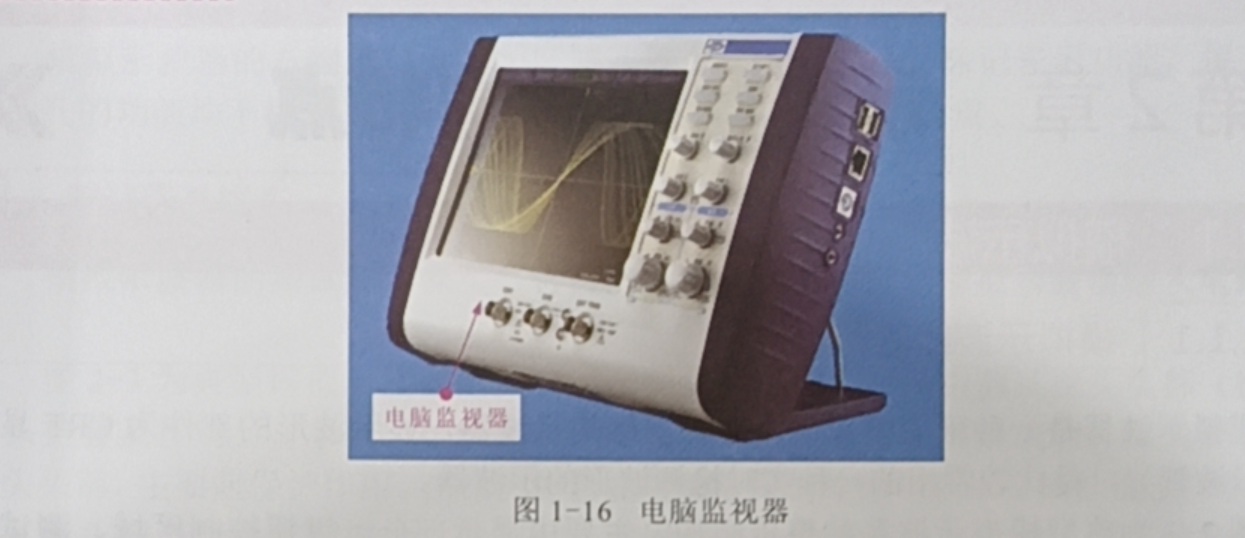
According to the different measurement range can be divided into ultra-low frequency oscilloscope and low frequency oscilloscope, medium frequency oscilloscope, high frequency oscilloscope and ultra-high frequency oscilloscope as shown in the figure.
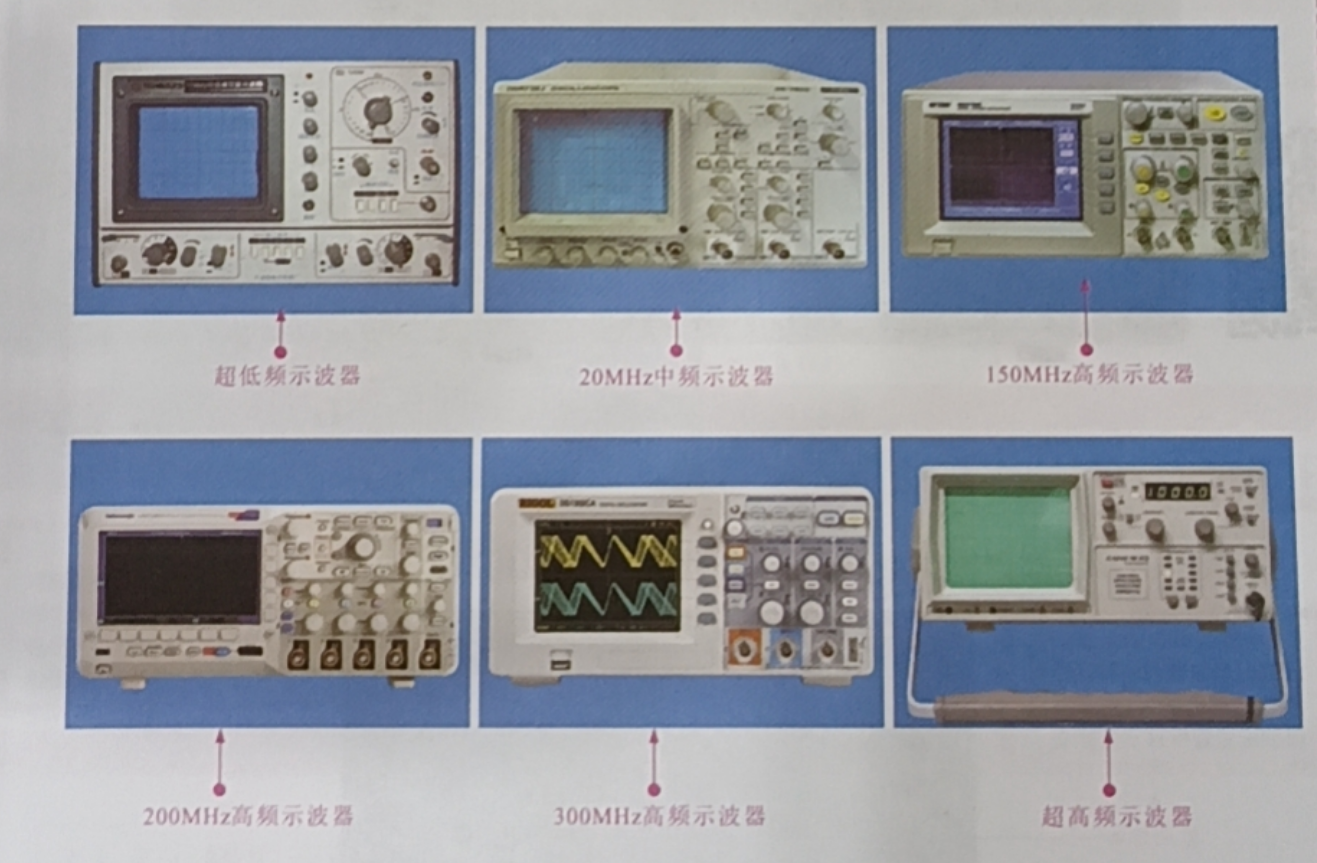
Ultra-low frequency oscilloscopes and low frequency oscilloscopes are suitable for measuring ultra-low frequency signals and low frequency signals, such as measuring sound signals. Among them, ultra-low frequency oscilloscope; oscilloscope can even detect some signal waveforms below 1MHz.
Medium-frequency oscilloscope is more widely used, generally suitable for measuring high-frequency signals, detection frequency of 1 ~ 60MHz, common types of 20MHz, 30MHz, 40MHz signal oscilloscope. High-frequency oscilloscope can detect high-frequency signals with frequencies above 100MHz, and common frequencies are 100MHZ, 150MHz, 200MHz and
300MHz, etc.
Ultra-high frequency oscilloscope can be used to detect ultra-high frequency signals above 1000MHz, generally used in some professional fields.
Analog oscilloscopes and digital oscilloscopes
Oscilloscope according to the measurement function to be divided into two kinds of analog oscilloscope and digital oscilloscope.
Analog oscilloscope
Analog oscilloscope is a real-time monitoring waveform oscilloscope, the physical shape of the analog oscilloscope.

In practice, the analog oscilloscope can observe periodic signals, such as sine waves, square waves, triangle waves and other waveforms, or some complex periodic signals, such as the video signal of the television set, etc. The structure of the analog oscilloscope sketch, suitable for detecting the more periodic signals.

Digital Oscilloscope
Digital oscilloscopes generally have a storage function that can store the instantaneous signal waveform of any time measured in memory. Therefore it is called a digital storage oscilloscope, which can capture the moment of signal change for observation. A typical digital oscilloscope.

In addition to the common desktop digital oscilloscope, in order to facilitate the portability of the commonly used digital oscilloscope and handheld digital oscilloscope

Tip Description
Commonly used oscilloscopes in addition to the above-mentioned types, according to the different waveform display devices, can also be divided into cathode ray tube (CRT) oscilloscope, color LCD oscilloscope and computer monitor, etc..
Cathode ray tube (CRT) oscilloscope waveform display device is actually a vacuum tube, the physical shape of the cathode ray tube (CRT) oscilloscope as shown in the figure.

Cathode ray tube (CRT) oscilloscopes have controls for focus and brightness that can be adjusted to produce sharp and clear display waveforms. Cathode ray tube (CRT) oscilloscopes are often used to display rapidly changing signals under "real time" conditions or under burst conditions. Its display is partly based on a chemical fluorescent substance, and its brightness is related to the time of excitation of the phosphor by the electron beam and the afterglow characteristics. The brighter the trace is the more the signal appears, the brighter the details of the signal are distinguished by the brightness of the scanned trace observed through the levels of brightness and glow.
However, the CRT limits the frequency range of the analog oscilloscope display. At very low frequencies, the signal appears as a bright, slow-moving bright spot, making it difficult to distinguish the waveform. At high frequencies, the limiting effect is that the CRT phosphor is excited by the electron beam for a short period of time, so the waveform displayed with low brightness is too faint and difficult to observe. The limit frequency of the analog oscilloscope is about 1 GH2. For example, to measure the voltage rise time at the moment of power on and off, if the analog oscilloscope is difficult to observe.
Color LCD oscilloscope is the use of color LCD display, the display waveform of the miscellaneous degree compared to the cathode ray tube (CRT) to high, at present, many digital oscilloscopes using liquid crystal display device, its physical shape diagram as shown in Figure 1-15. Computer monitor is to use the computer to detect and analyze the signal and display the waveform, is the use of computer software for signal processing oscilloscope, is now the latest type of oscilloscope on the market, its ability to display and process the signal than the original type of oscilloscope performance has been greatly improved, its physical appearance as shown in Figure 1-16. This oscilloscope is the use of computer processing of the signal, and then displayed on the image display, while the signal waveform and parameters can be stored, transmitted and printed.
Tip Description

According to the different measurement range can be divided into ultra-low frequency oscilloscope and low frequency oscilloscope, medium frequency oscilloscope, high frequency oscilloscope and ultra-high frequency oscilloscope as shown in the figure.

Ultra-low frequency oscilloscopes and low frequency oscilloscopes are suitable for measuring ultra-low frequency signals and low frequency signals, such as measuring sound signals. Among them, ultra-low frequency oscilloscope; oscilloscope can even detect some signal waveforms below 1MHz.
Medium-frequency oscilloscope is more widely used, generally suitable for measuring high-frequency signals, detection frequency of 1 ~ 60MHz, common types of 20MHz, 30MHz, 40MHz signal oscilloscope. High-frequency oscilloscope can detect high-frequency signals with frequencies above 100MHz, and common frequencies are 100MHZ, 150MHz, 200MHz and
300MHz, etc.
Ultra-high frequency oscilloscope can be used to detect ultra-high frequency signals above 1000MHz, generally used in some professional fields.







